COSPLAY: A BANGLADESHI PERSPECTIVE
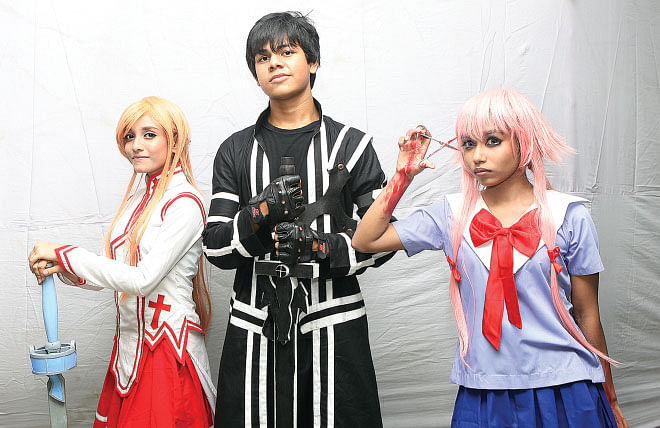
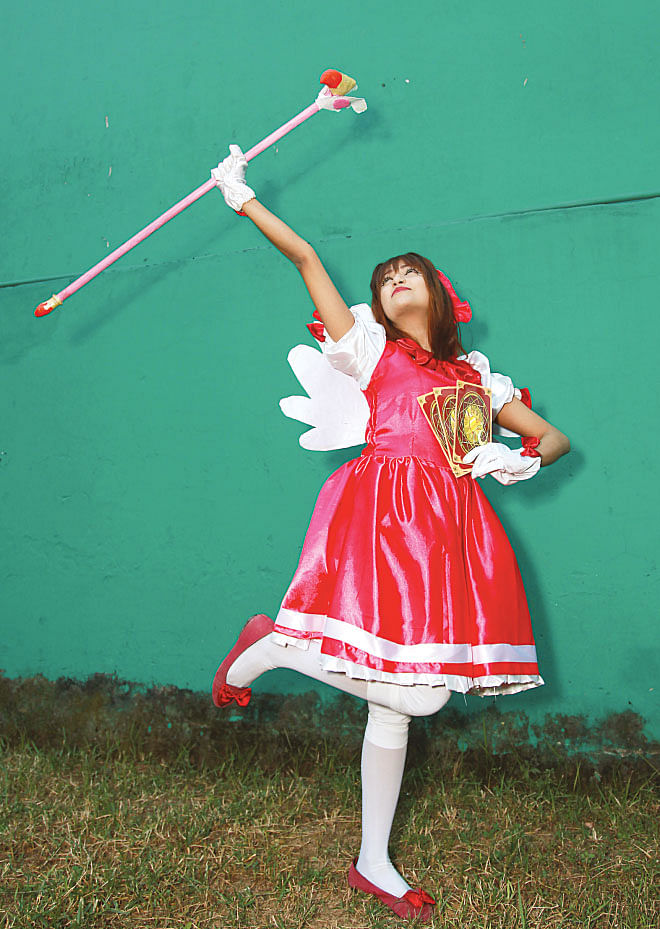
It's fair to assume that your childhood was rather dull if you didn't spend a considerable amount of time imagining how awesome it would be if you could actually raise Pokémon or had super strength. While a lot of us don't like to give it up, we have to accept the fact that our imagination is never going to come to reality. But there are some who never completely give up on their dreams. From those dedicated fans, the world was gifted a brand new art form and medium of street culture -- cosplay. Because if you couldn't actually be them, you could still dress up like them and have a good time.
Short for “costume play”, cosplay is something almost all of us did back in school. Remember the “dress as you like” competitions that always took place as part of Annual Sports? The idea of emulating a character by changing our appearance to match theirs, complete with hair, makeup and costume? While the numerous makeshift Mother Taresas didn't quite cut it, most cosplayers do a pretty good job pulling off their favourite characters. Through numerous Comic and Pop Culture Conventions, the trend spread and evolved into an entire art form in the western world over the past few decades, to the point where professional cosplayers make a living by posing for magazines.
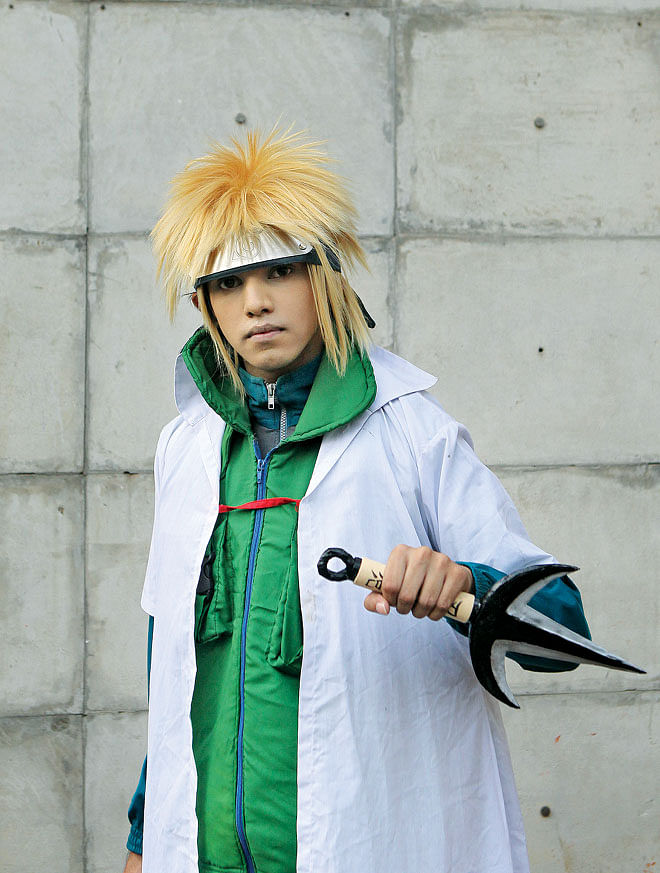
2011's MazeCon, an anime convention, started the trend in Bangladesh. But most people were unaware that Bangladesh had much of a cosplay scene before Shadab Shayeree Ahmed put Bangladesh on the proverbial map by coming 3rd in the Asia Pacific Category of Otaku House Cosplay Idol Competition 2012 (an international online competition), competing with cosplayers from Japan and Singapore, countries where the cosplay scene has reached professional levels. Appearing as Hidan, one of the members of the villainous organisation 'Akatsuki' from “Naruto Shippuden”, Shadab did a spectacular job, leaving literally no stone unturned to prepare a costume that cost nearly Tk 10,000 in total. He was one of Bangladesh's very early cosplayers and his success and the media attention it got inspired many to give cosplaying a shot.
Of course that description gives away something that makes cosplaying difficult, the fact that it can be rather expensive. But that is an occupational hazard cosplayers have accepted and looked beyond, simply because certain things in life are just worth it. After all, passion trumps all. However, even then, you have to be practical.
Sarah, a fairly new cosplayer, says that she had a hard time choosing which character to cosplay as. “I wanted to do Hinata from 'Naruto' but you'd need a whole bunch of things for that so I settled on Fuyumi from 'Blood Lad' because it's a lot simpler.” Roudro, who cosplayed as Tobi (again from “Naruto”) at the Dhaka Pop Culture Expo of 2013, bought his costume from Singapore because, in his words, it was “impossible to actually get a Bangladeshi tailor to understand what I wanted.”

The preferences in general indicate that Bangladeshi cosplayers are sort of biased towards anime and Japanese media in terms of character selection. One of the reasons is probably that MazeCon, an Anime Convention organised by MazeCity, was the first time ever that a cosplay event was held in Bangladesh. While there isn't a strict rule that says cosplay has to be focused on Japanese pop culture, in Bangladesh you are a lot more likely to find a Goku or an Ichigo than a Superman or a Green Lantern.
Since 2011's first MazeCon and Shadab's success, the cosplay scene has grown and a significant number of cosplayers participate not only in MazeCons but also in Comic Cons and Pop Culture Expos. Following his success, Shadab started AniFinity, a 2in1 Online Cosplay Community and shop. Catering to people's needs for materials, costumes and anything cosplay related, the shop has certainly made cosplaying easier. But Shadab himself admits it isn't a complete package. The shop is run almost singularly by him and he can't provide everything. “We only take the orders we know we can deliver. It's still not possible for me to provide everything.”
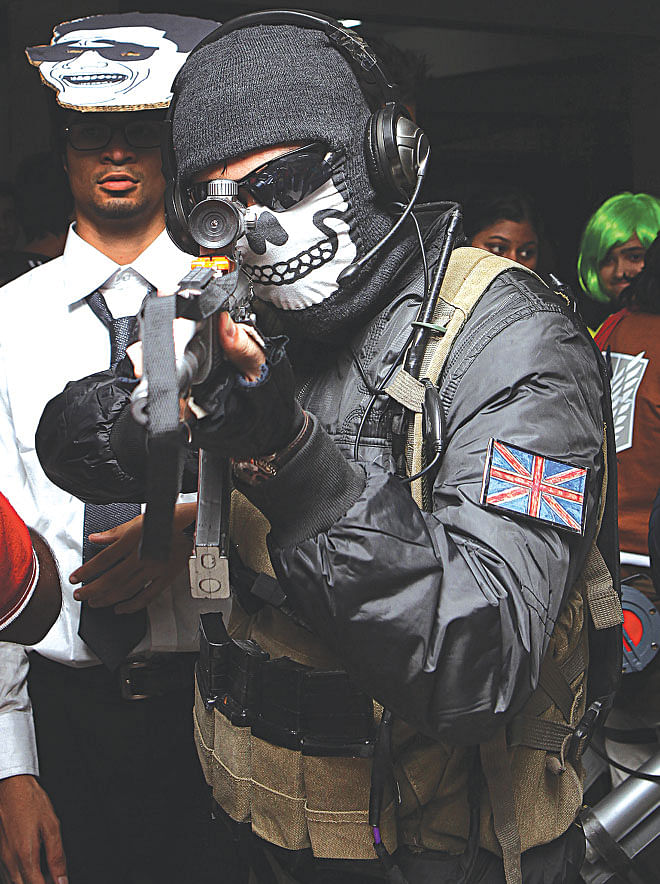
Apart from AniFinity, people always have the option of buying from abroad. But that is problematic of course, since online shopping in the country still isn't directly possible and people have to go through services like Amazon.co.bd, which Mashfiq, an avid cosplayer, used to order his Edward Elric (from “Fullmetal Alchemist”) costume. “It gets the job done. But the dollar to taka exchange rate is pretty exorbitant in these services and they take quite a bit of time to deliver orders.” The third and final source is being completely self-dependent and making the costume from scratch. Some cosplayers even see making the costume on one's own as an integral part of the whole art but nevertheless making it alone is obviously difficult. That is compounded by the fact that raw materials are hard to come by in Dhaka. While buying a particular fabric is simple enough, Shadab mentions how it is nearly impossible to get materials like Eva foam or fibre glass, so it becomes pretty hard to make armour or swords/weapons.
For a self-reliant cosplayer who has all the bases covered, one painful step remains: explaining to the neighbourhood tailor why you would need an orange jumpsuit in the middle of summer. After you're done explaining the concept of “Dragon Balls” and “Alchemy” to the mama, it is crucial to ensure that he doesn't mistake Edward's State Alchemist Uniform for a special Boishakhi blouse-petticoat.
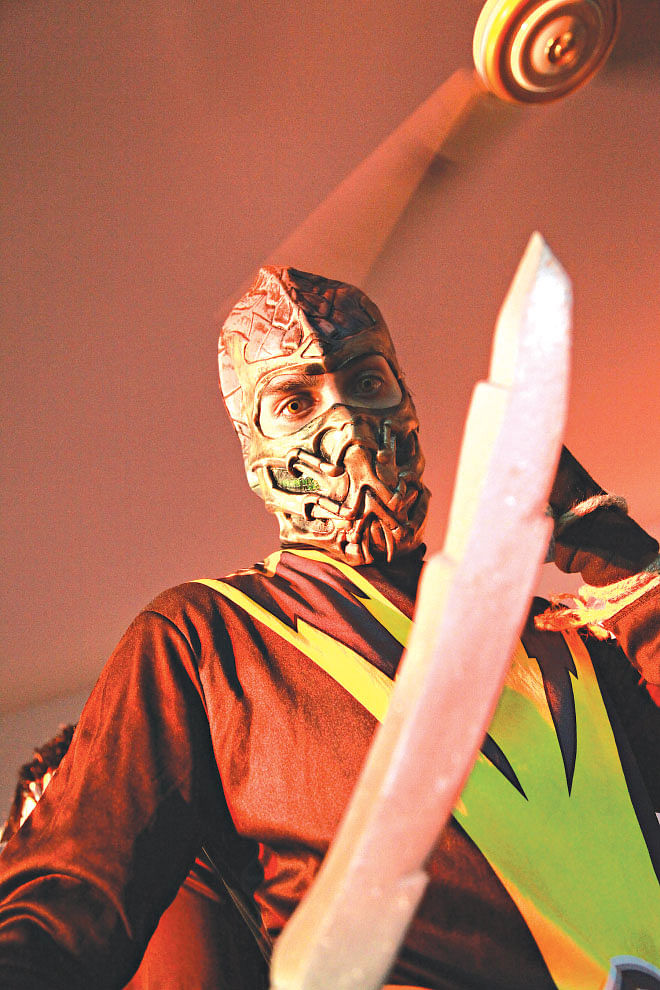
But even if someone manages to go over all of these hurdles and make a presentable costume, most cosplayers in Bangladesh still don't have enough opportunities to showcase their talents. MazeCity has an annual MazeCon and a few other events round the year and Comic Cons and Pop Culture Expos have started recently. But even then that's a mere three events per calendar year. Most lovers of the art form agree that unless more events, whether on a large scale or small, become commonplace, it is unlikely that cosplay as an art form will flourish in the country. This is food for thought since many countries have vibrant cosplay scenes now, where performers can earn a living as professional models.
Then again it's still the early days for the Bangladeshi cosplay scene since it's barely three years old. With the expansion of global media and the growing interest in it among the young, cosplay is only going to grow. After all, as professional cosplay artist Eve Beauregard said, “The only things someone needs to cosplay is one semi decent sewing machine and a whole lot of nerdy passion.”
Without embarking on the “whether or not cosplay is nerdy” debate, let's keep in mind that if there's anything that can help us get close to the experience of living a day in our favourite character's shoes, it's cosplay. So despite the difficulties, get your Ash Ketchum costume out and try to catch 'em all at the next Comic Con. You might not actually catch Pokémon but you'll catch some memorable photos at the very least.
AniFinity contact details :
Web: https://www.facebook.com/xXAniFinityXx
*Special thanks to Shadab Shayeree Ahmed, Roudro Sakib Karim and Sarah Zaman

 For all latest news, follow The Daily Star's Google News channel.
For all latest news, follow The Daily Star's Google News channel. 



Comments